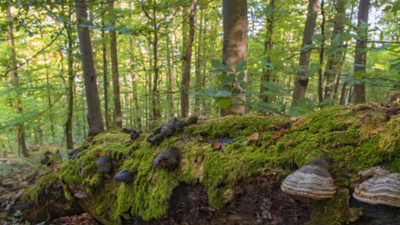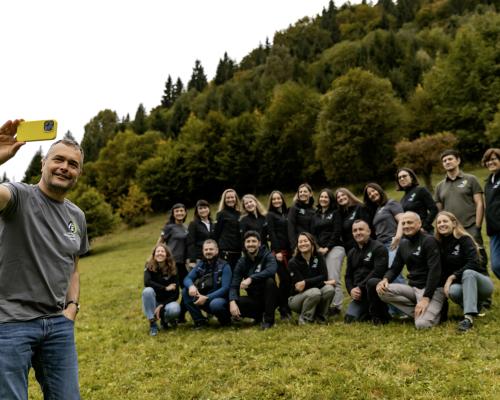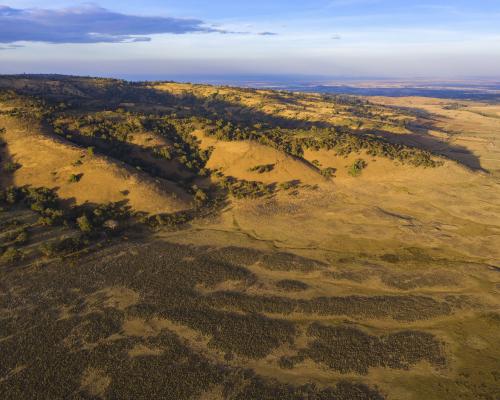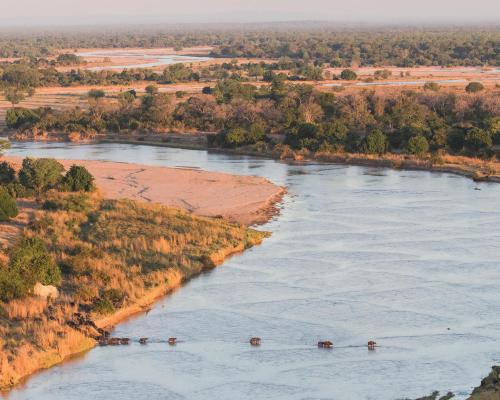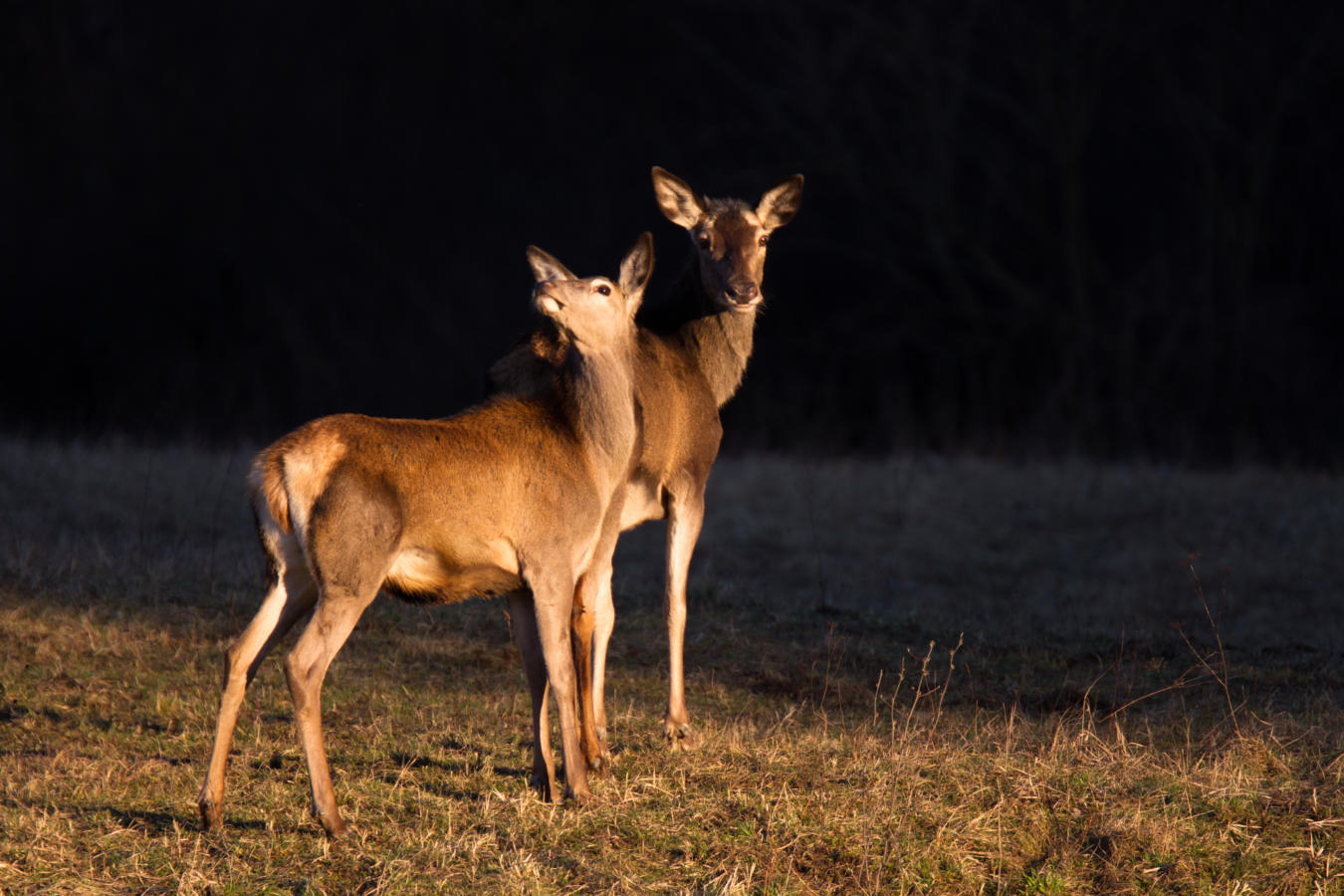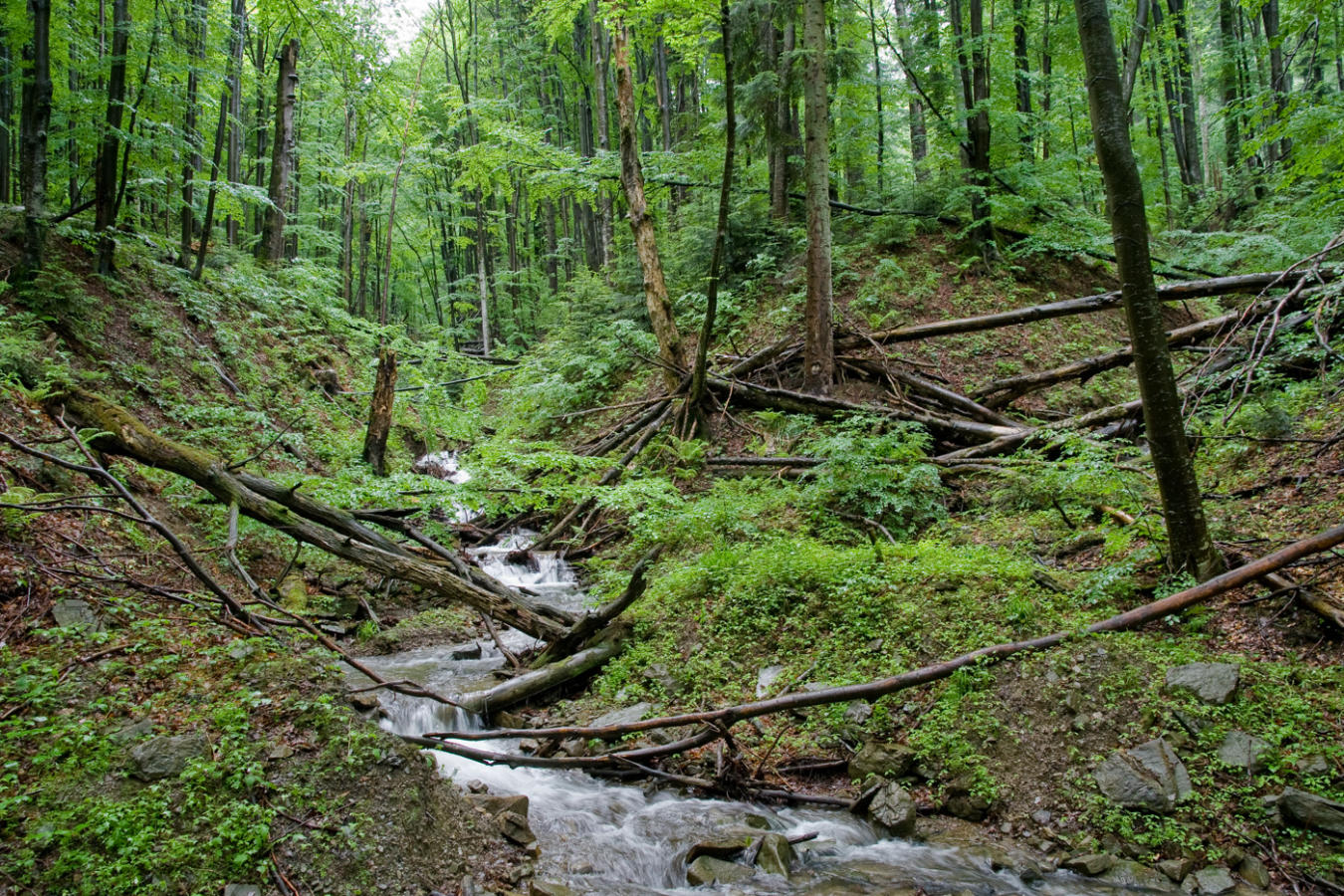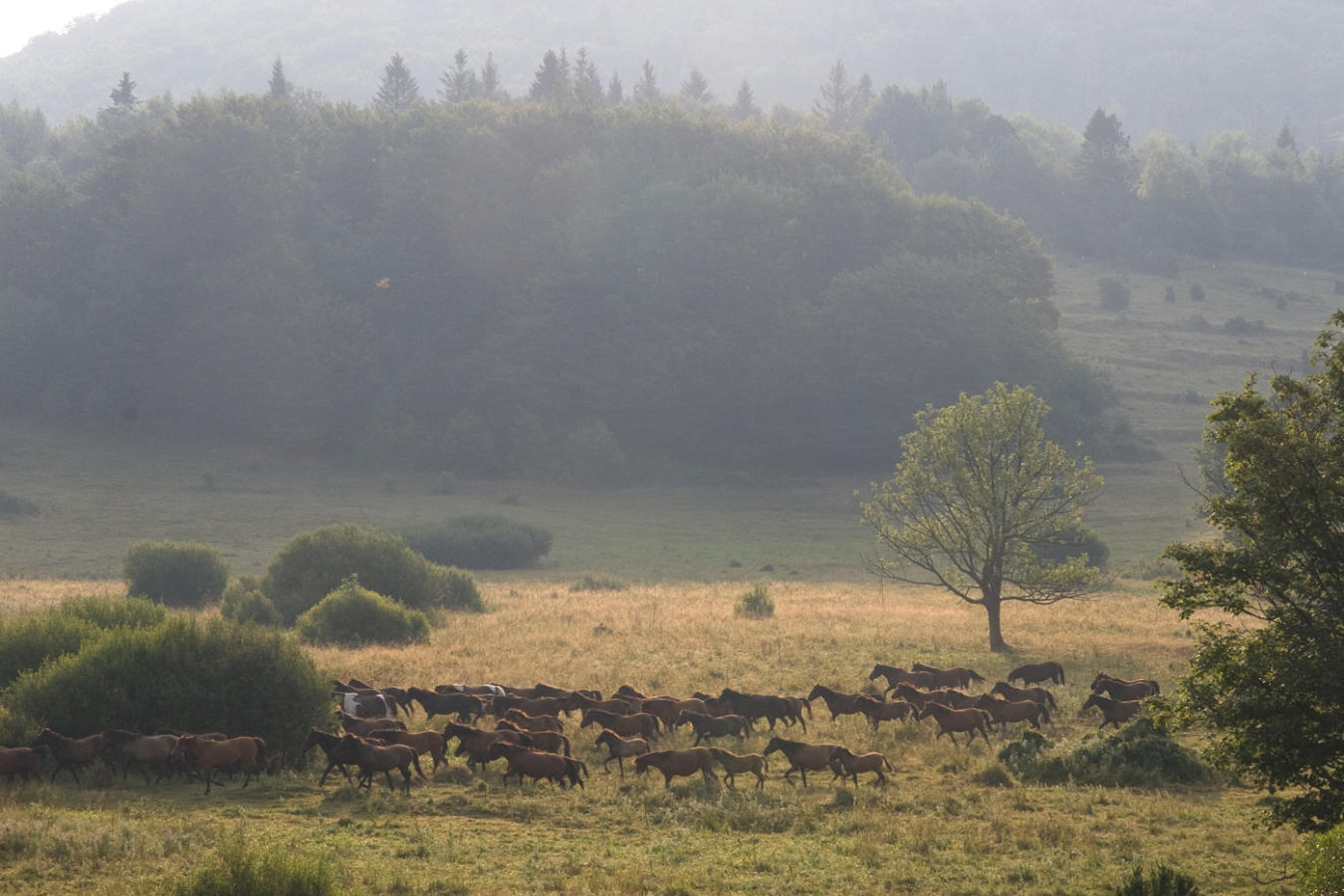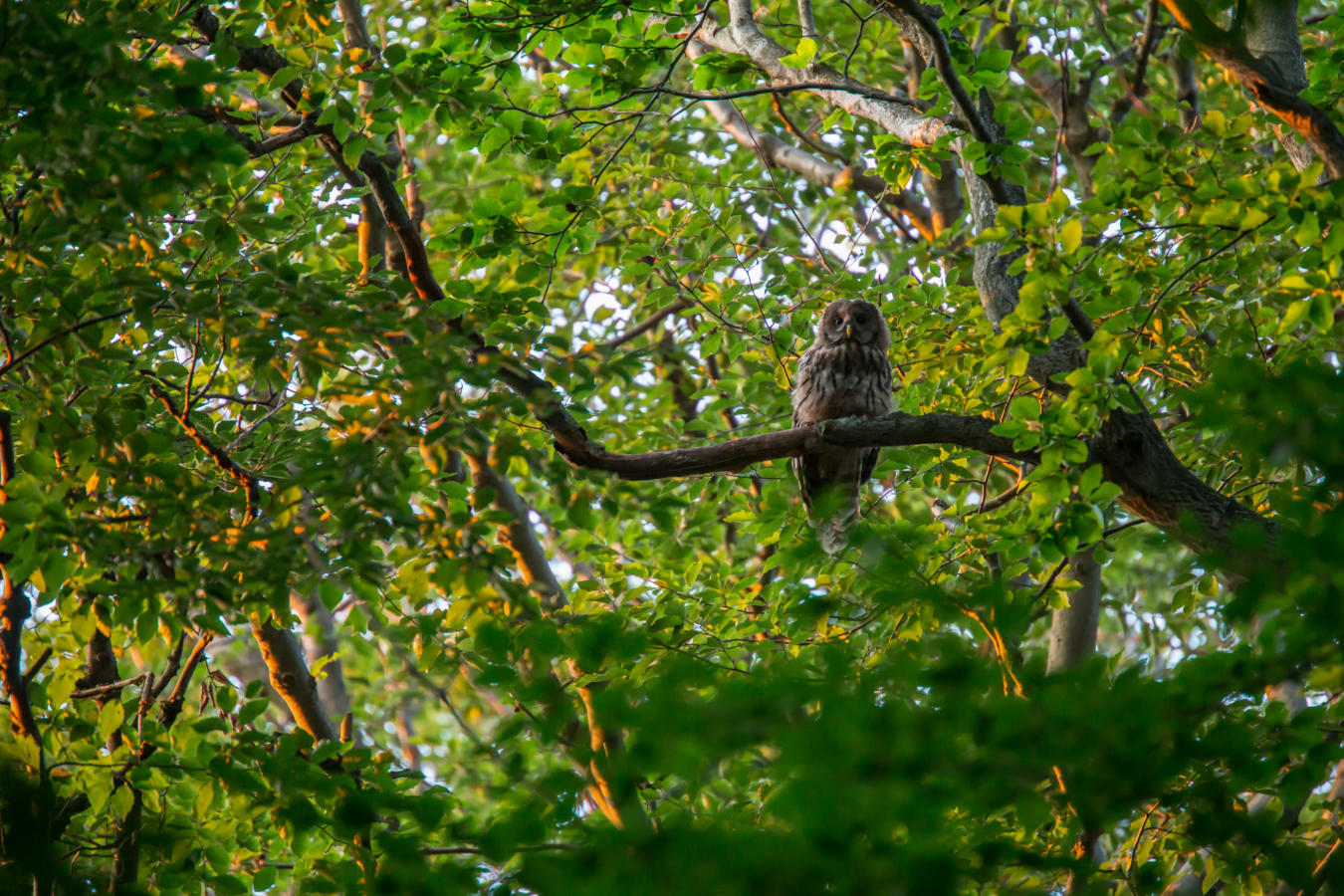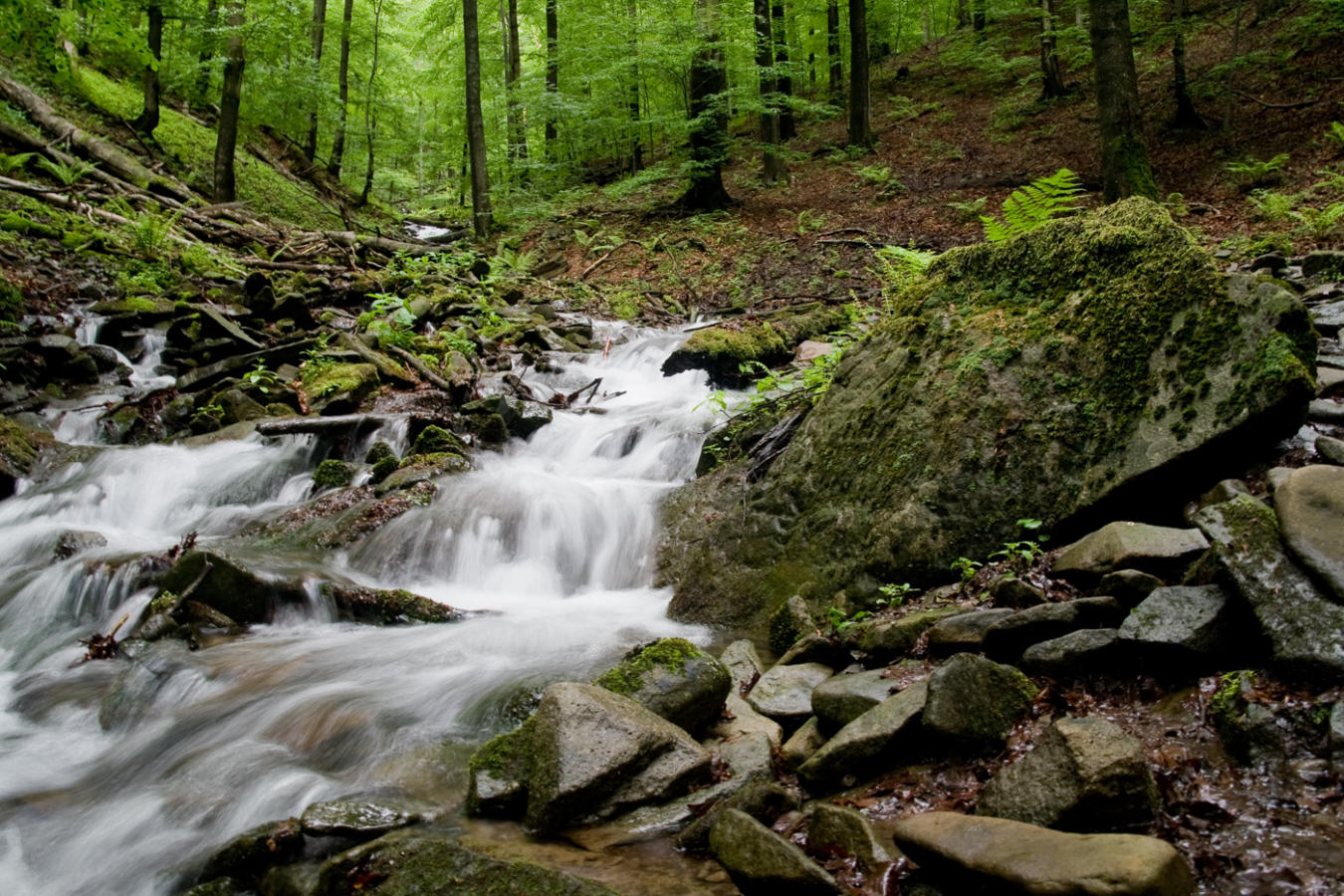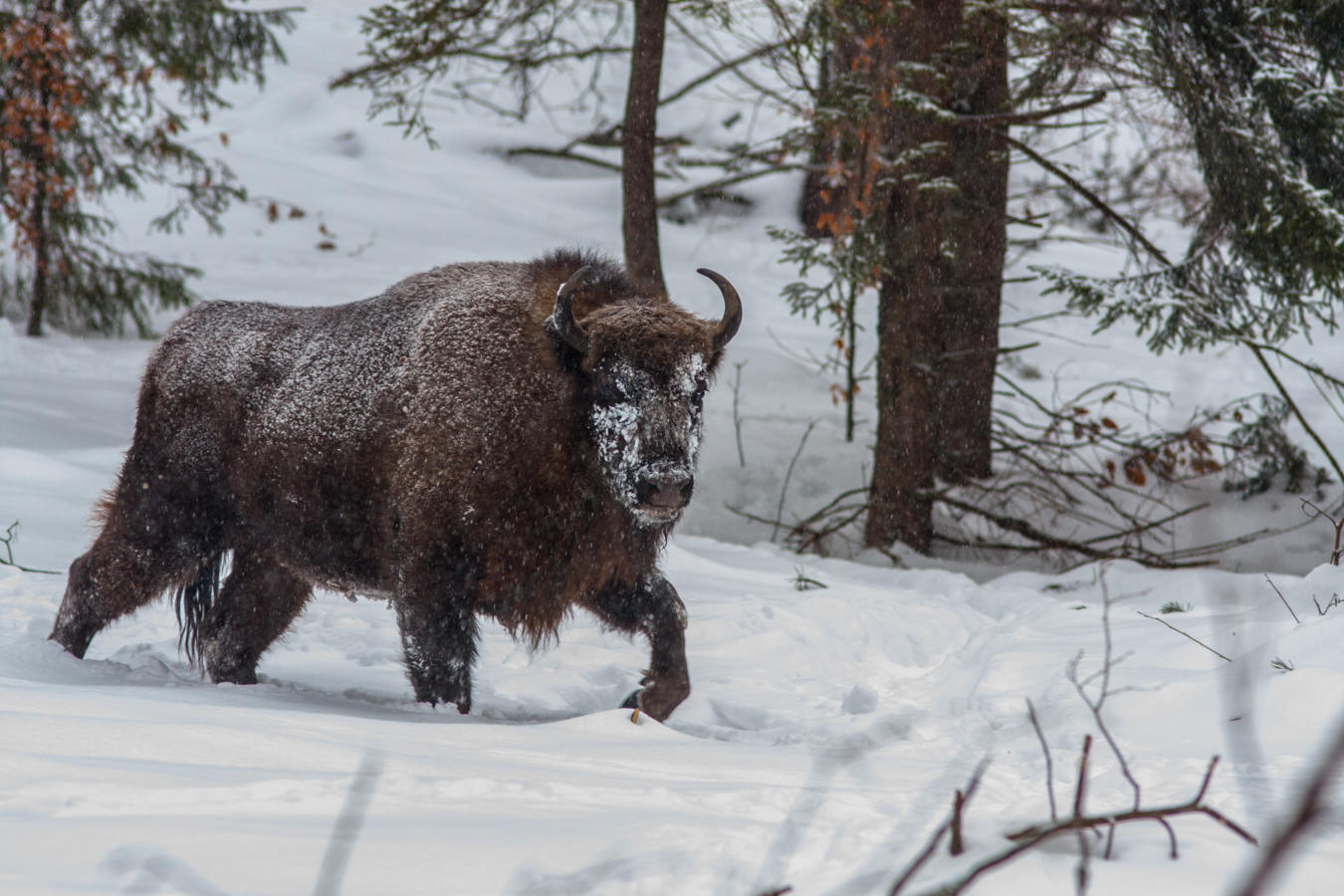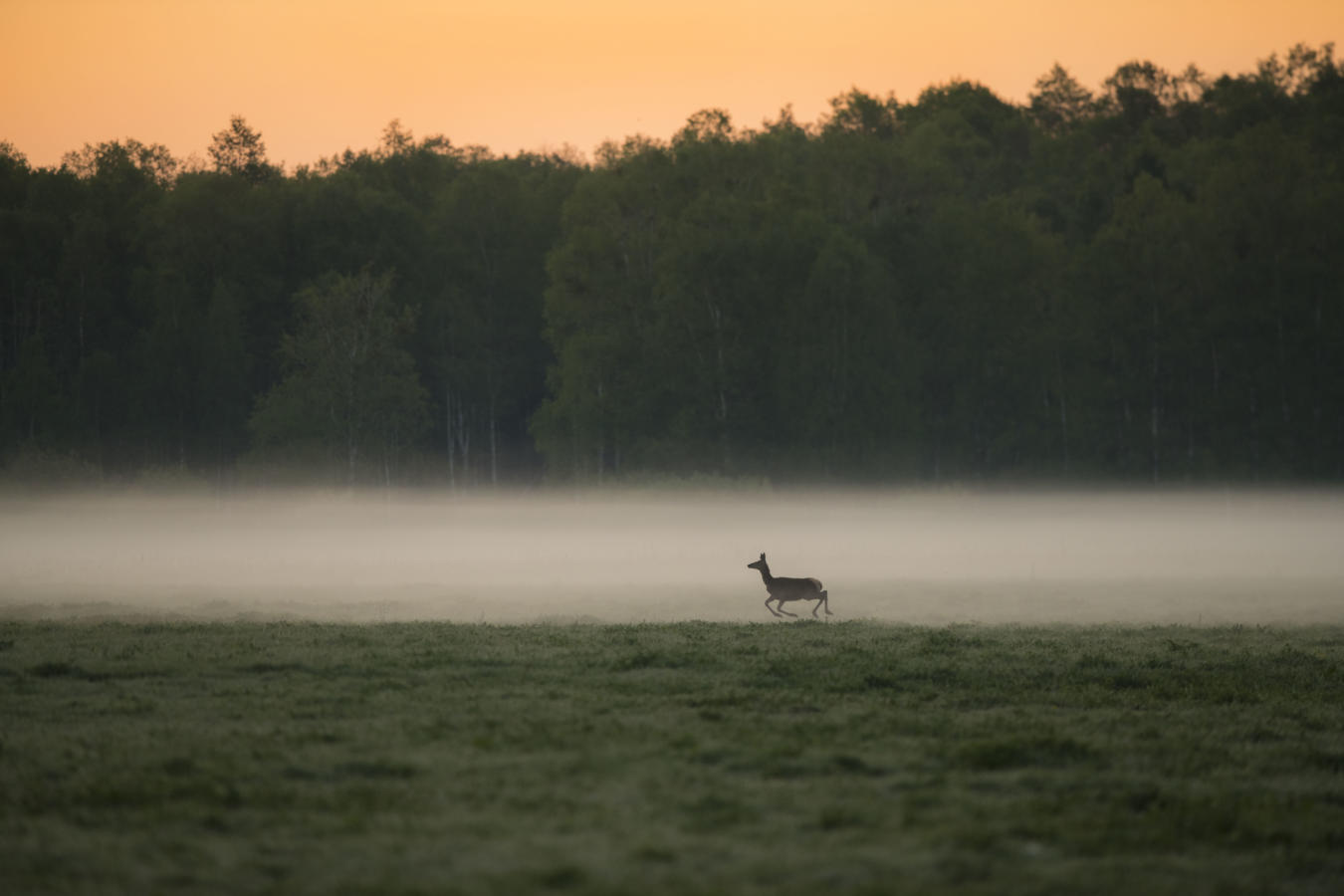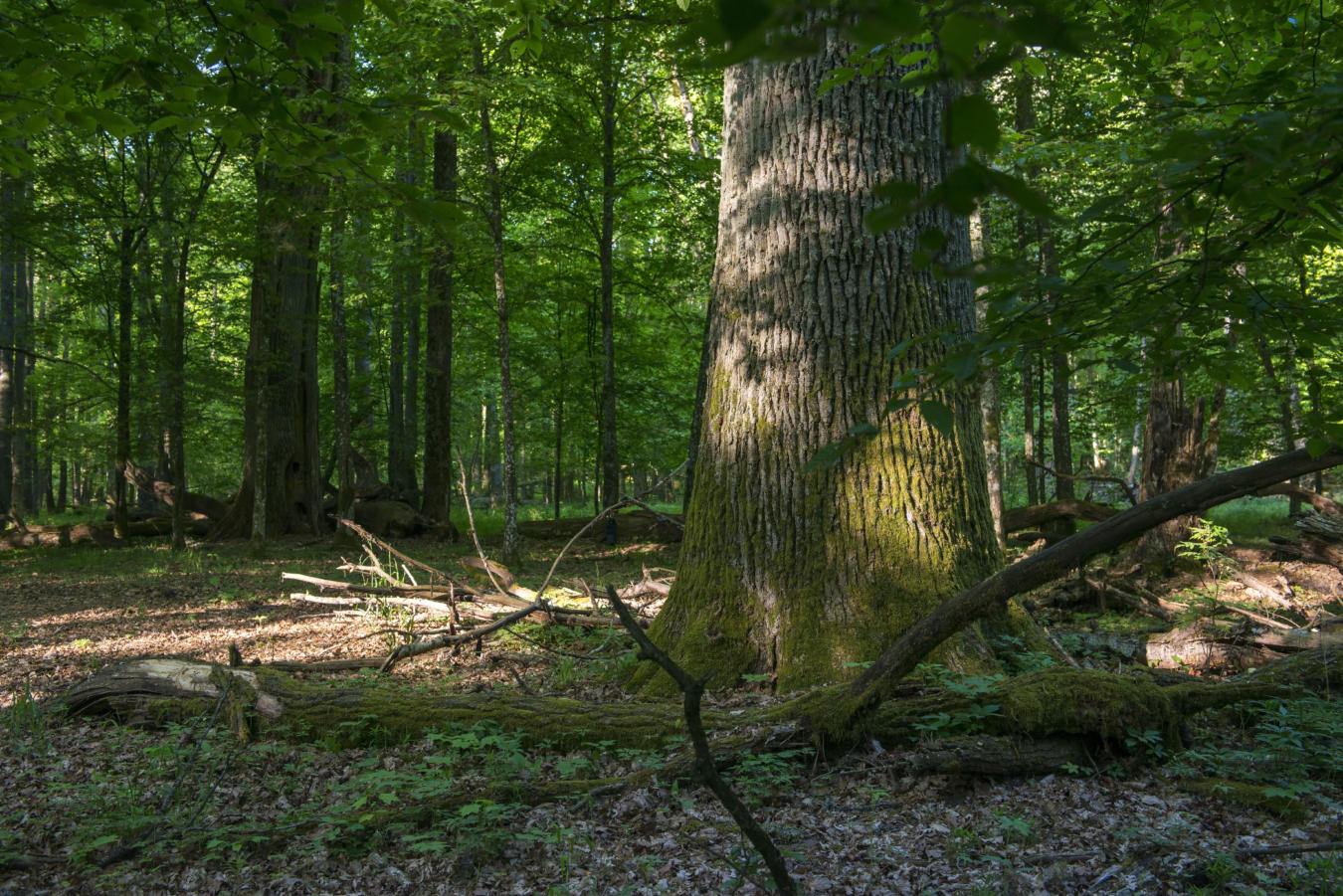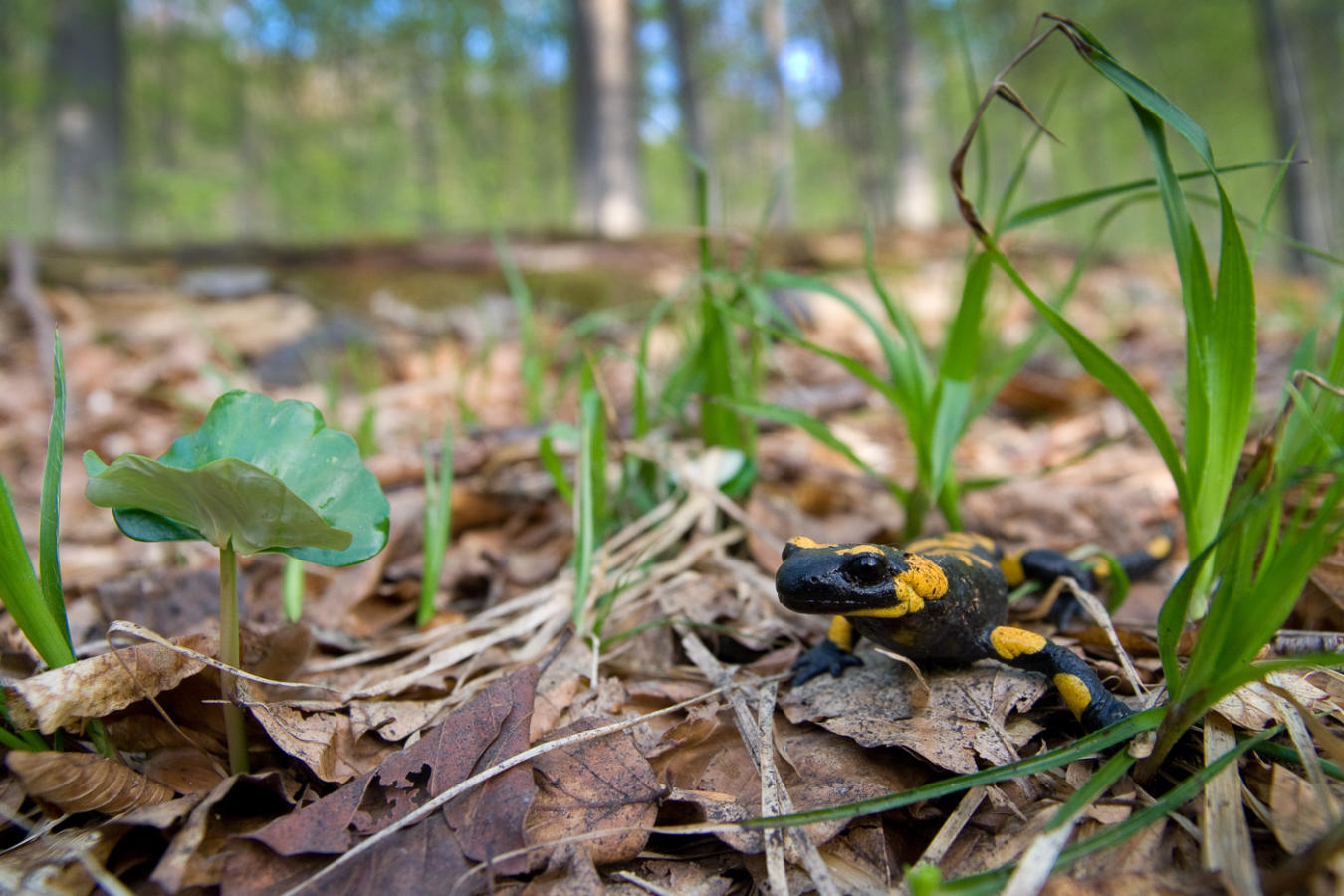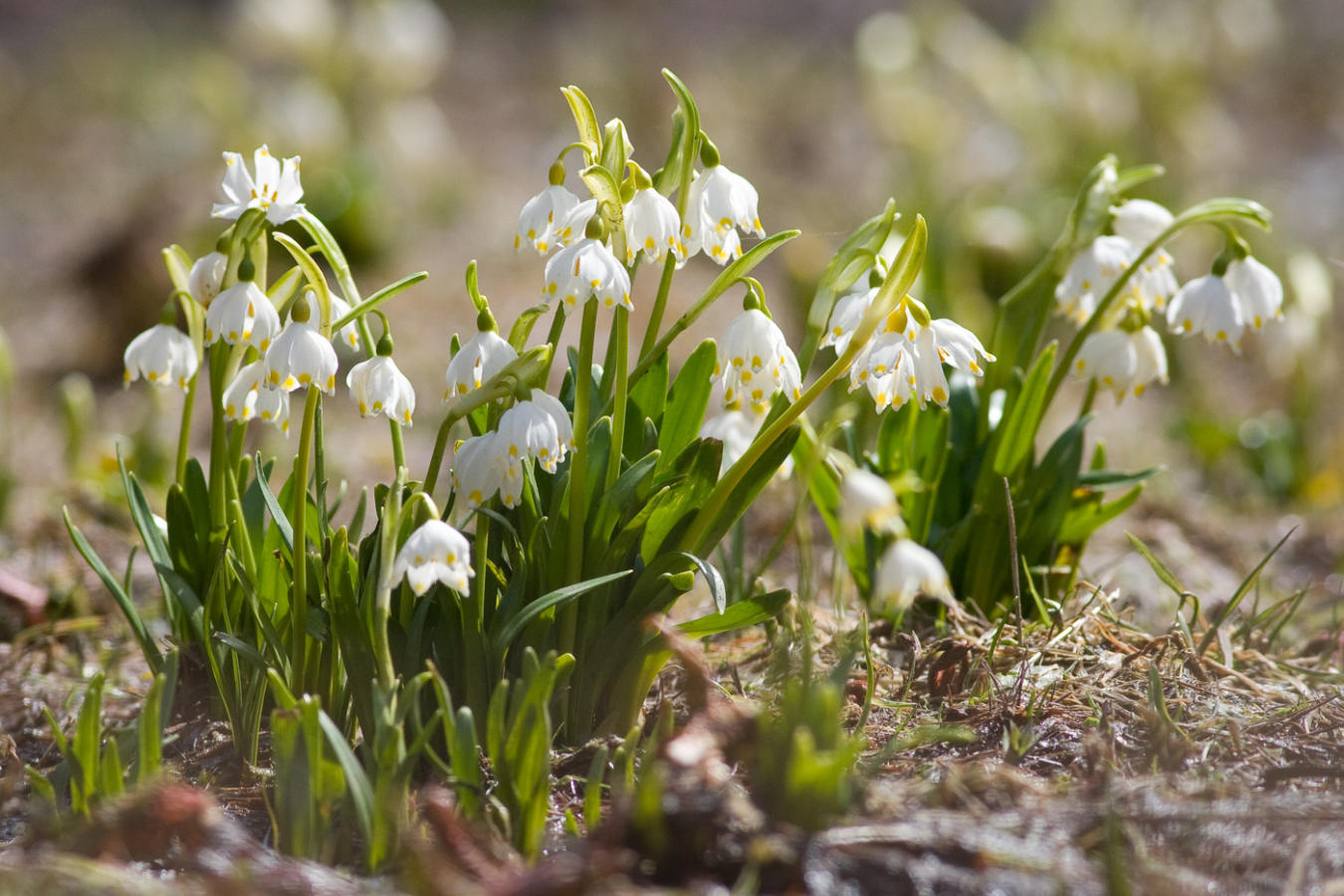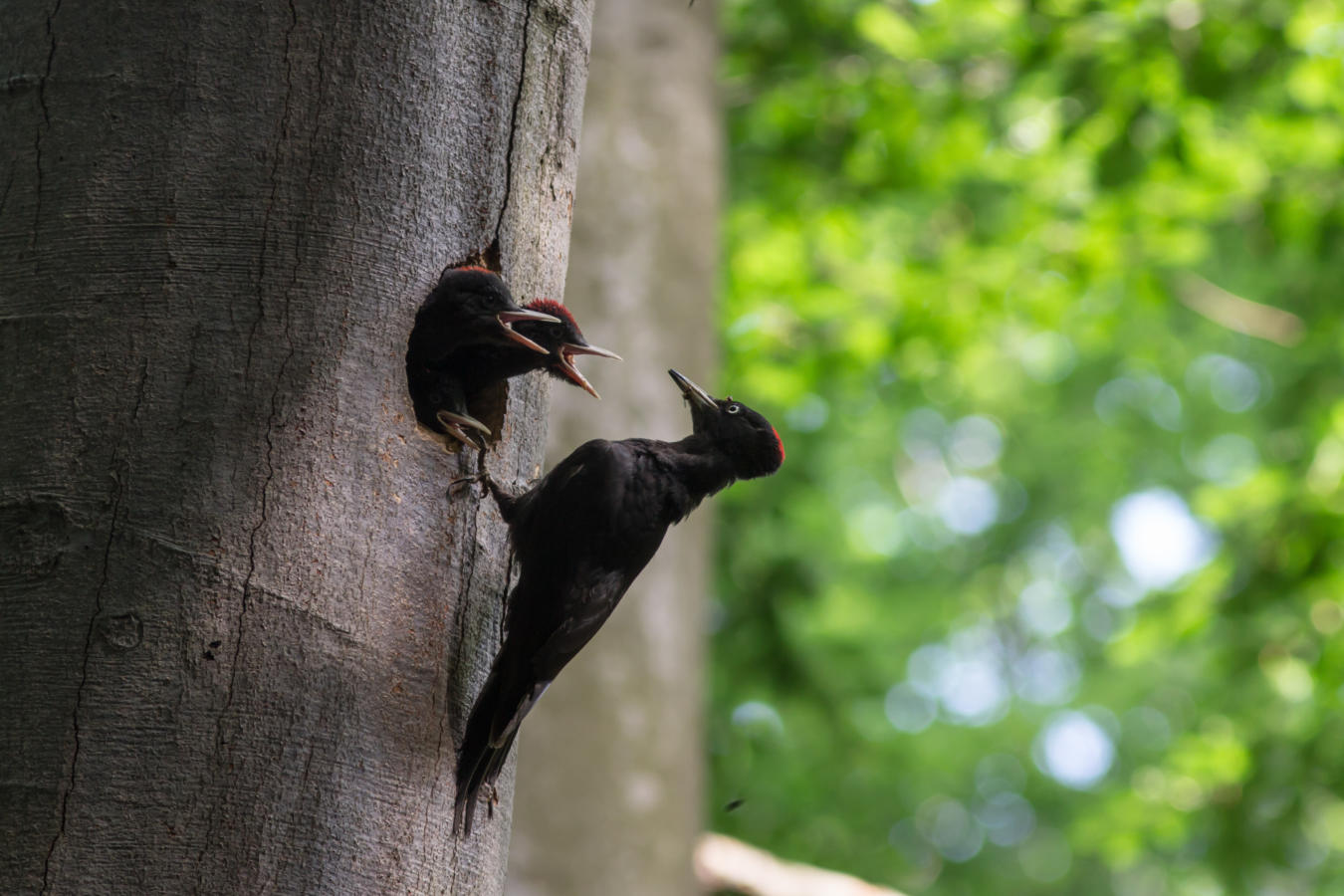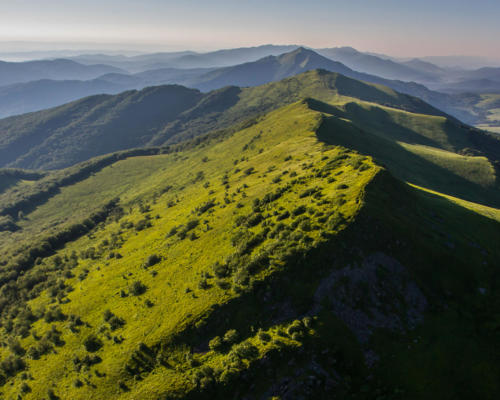Expansion of FZS work to Polish part of Bialowieza forest
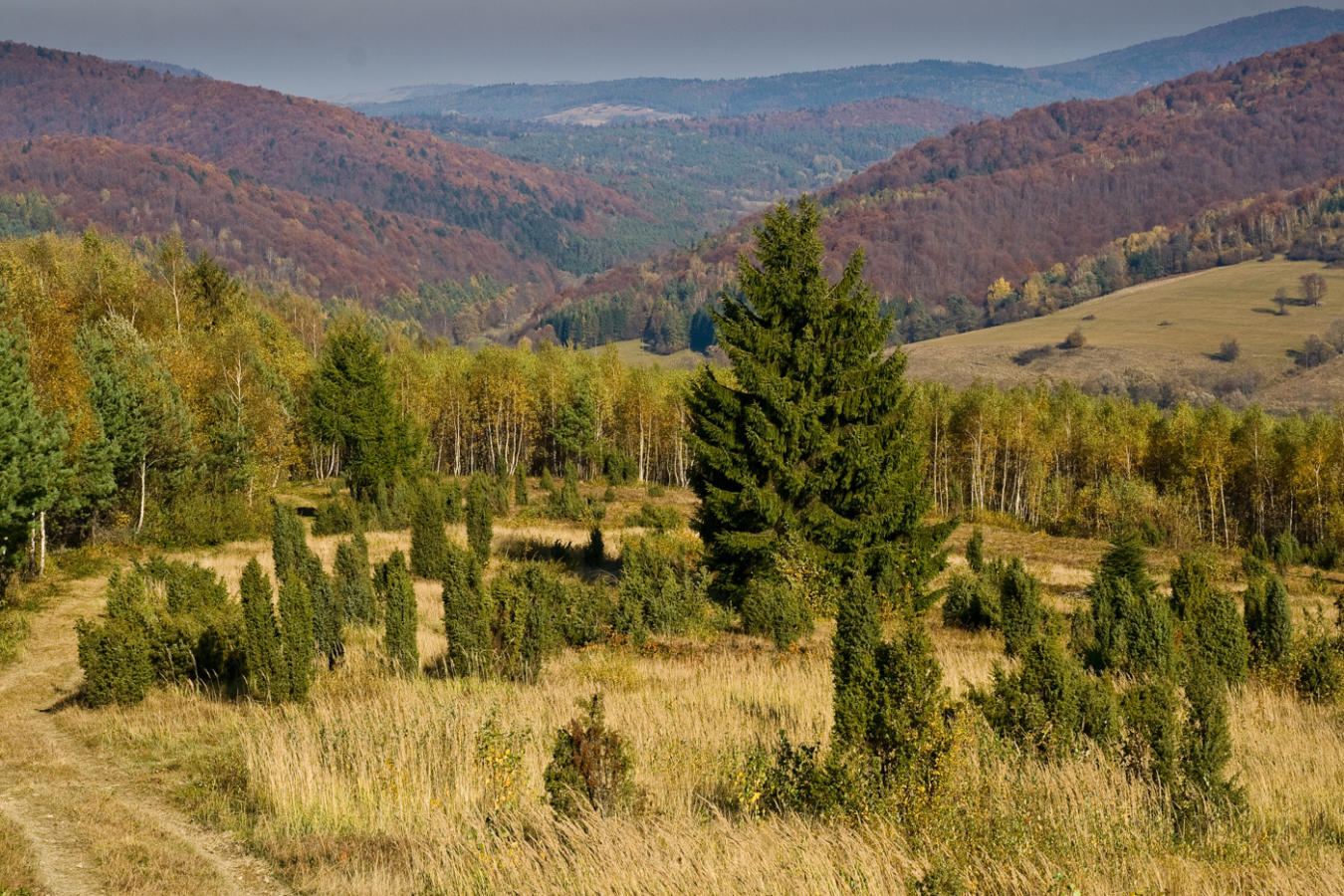
Poland stretches from the sandy beaches of the Baltic Sea in the north to the forested Carpathian Mountains in the south. Large roadless areas and old-growth forests – habitat for wolf, Eurasian lynx, and brown bear – can still be found in the Carpathians. In the east of the country lies the world-famous Bialowieza Forest UNESCO World Heritage Site, one of the last European lowland primeval forests, which also stretches into neighboring Belarus. This transboundary forest is home to the largest free-roaming European bison population.
Nearly 20% of the country is protected by the Natura 2000 Network. The country’s wild landscapes provide key habitat for birds, including 25% of the world population of White Storks, and 25% of the remaining Aquatic Warbler. In the past, Poland held a rich mosaic of habitats resulting from traditional use, but currently, many of these landscapes are threatened by industrial development and urbanization.
- Enlargement and establishment of protected areas
- Restoration and rewetting to re-establish the natural hydrological regime in the Bialowieza forest
- Promoting wilderness by communicating its benefits
- Supporting the East Carpathians UNESCO Man and Biosphere Reserve
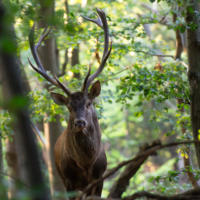
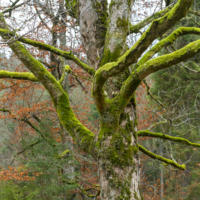
Start of FZS work in the Polish part of the Carpathians
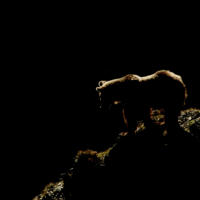
Strict protection of brown bears (since 1952 the species was partially protected)

Strict protection of wolves in the entire country (partial protection in place since 1995)
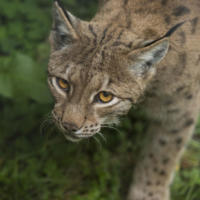
Strict protection of Eurasian lynx (Lynx lynx) is put in place in Poland. Establishment of Magurski National Park
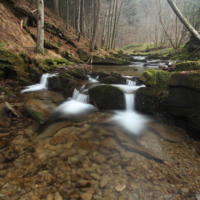
Enlargement of Bieszczady National Park
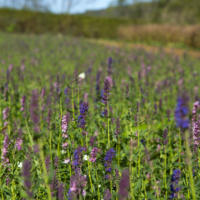
Establishment of UNESCO Man and Biosphere Reserve East Carpathians
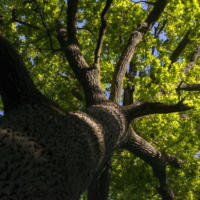
Establishment of UNESCO World Heritage Białowieża Forest
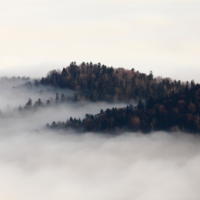
Establishment of Bieszczady National Park
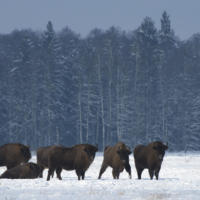
Establishment of Białowieża National Park


